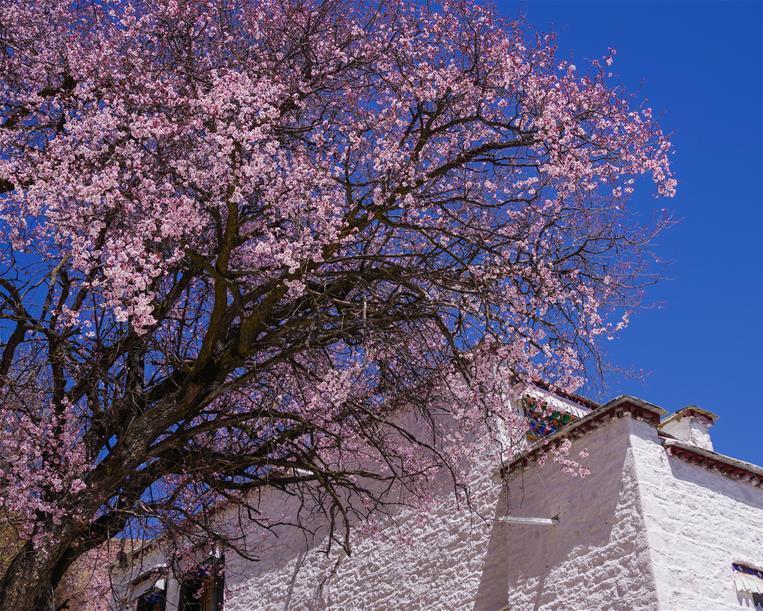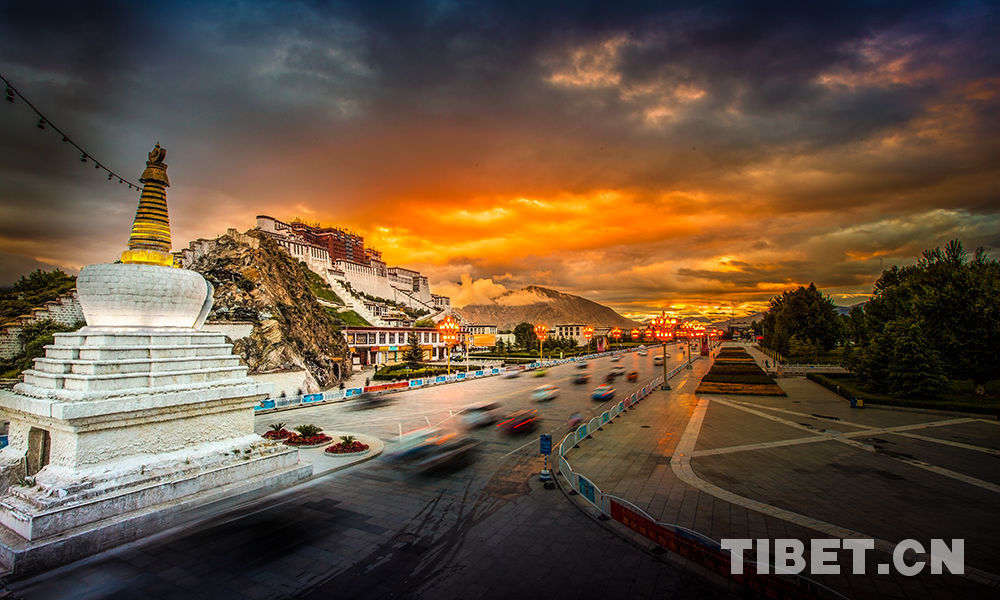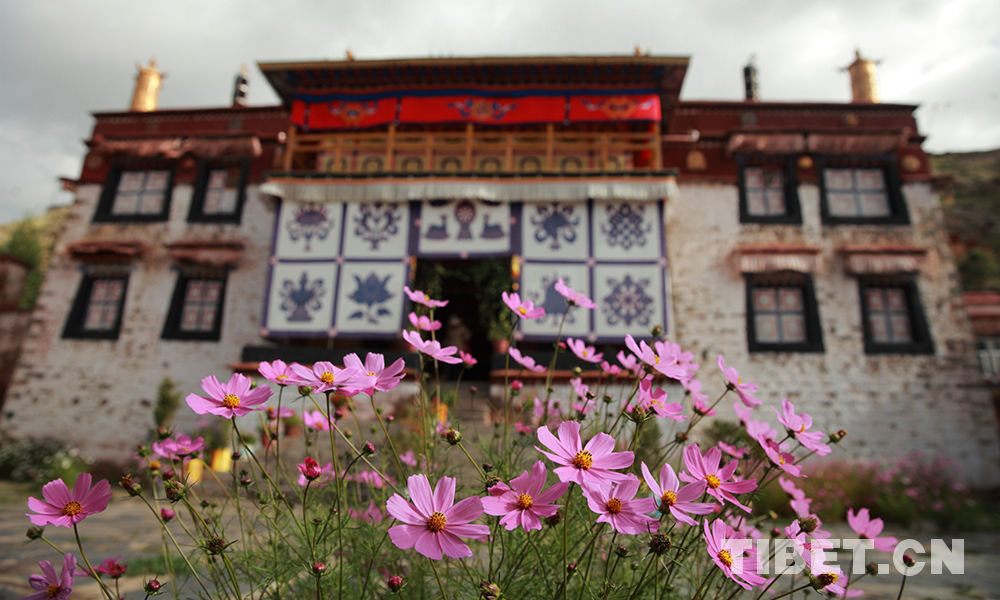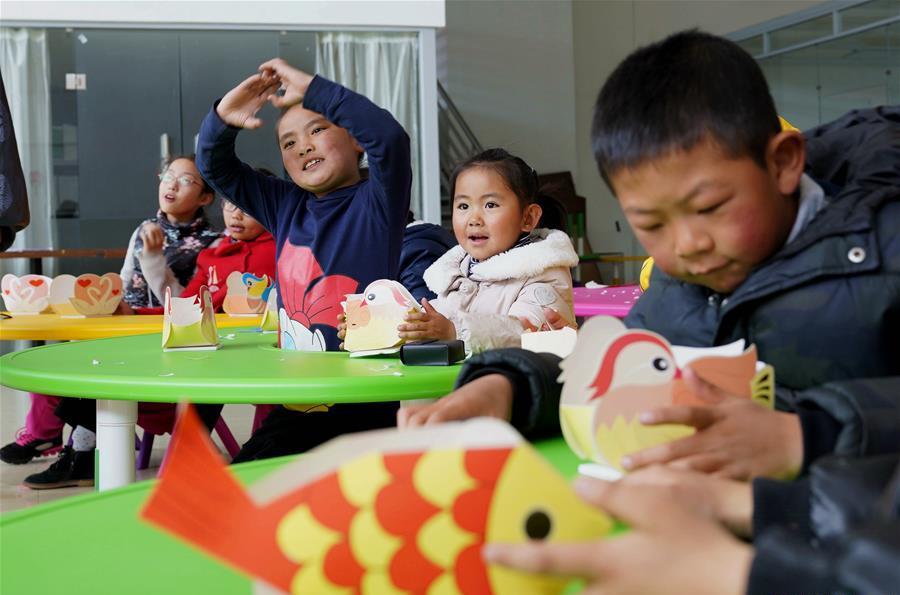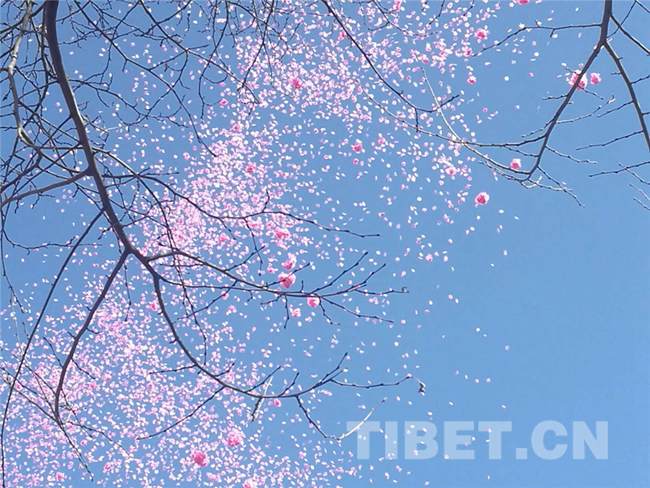Photos on full-body kowtow

The full-body kowtow prayer stands on the Barkhor Street, facing the Jokhang Monastery and chanting Om Mani Padme Hung. He puts his palms together devoutly and held them over his head. [Photo/China Tibet Online]
The "full-body kowtow" is one of the most sincere ways for Tibetan Buddhism prayers to pay respect for Buddha. When the full-body kowtow prayer prostrates himself before the Buddha, it is the "body" worship. At the time when he is constantly chanting Om Mani Padme Hung, it is the "word" worship. While the prayer constantly thinks of Buddha in the heart, it is "mind" worship. Therefore, the "body", "word" and "mind" are well united when the prayer does full-body prostrations.

The full-body kowtow prayer leans down to kowtow. [Photo/China Tibet Online]
The full-body prostration is divided into three types: long distance, short distance and prostrate locally. When a prayer does the long distance full-body prostration, he often starts from the house, walk near thousands of miles during many years and goes to the destination of Jokhang Monastery in Lhasa of Tibet. Regardless of the bad weather and poor environmental conditions, he persists in performing full-body prostrations day and night. The short distance full-body prostration can last for hours or days.
Your Comment
Name E-mailRelated News
-
-
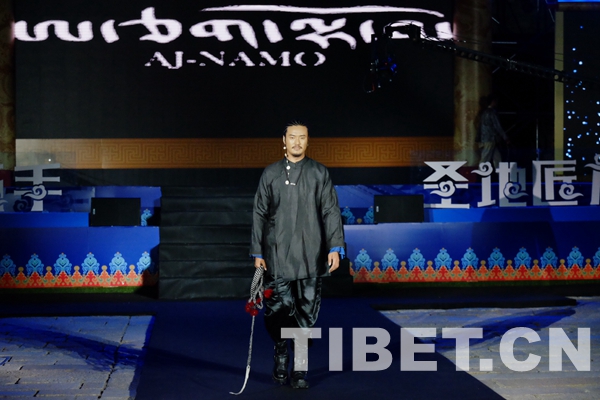
-
Tibetan fashion show held in east China
The "Cultural Creation of Tibet: Tibet and Lhasa Creative Products Tour Exhibition" was held from May 4 to 7 in east China's Jiangsu Province.
-
-
-
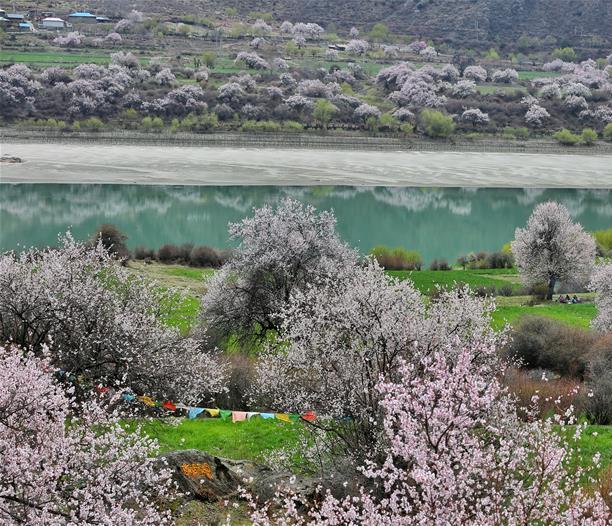
-
Infographic: Tibetans celebrate Cuckoo Festival
For Tibetans, the cuckoo is a happy bird, and wherever the cuckoo flies, spring comes.
-
-
-
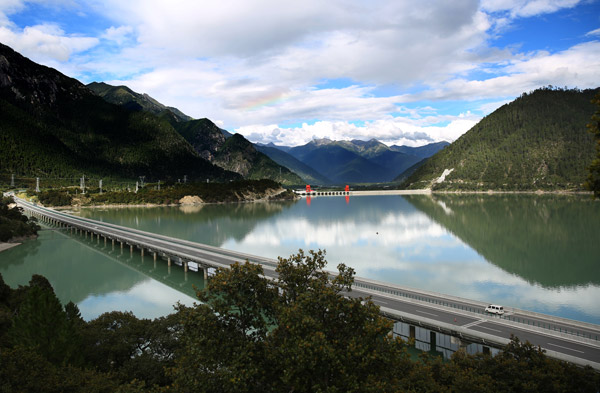
-
Ecological investment soars on plateau's highway project
Investment in ecological restoration and protection along a 96-kilometer stretch of the Lhasa-Nyingchi highway has hit 440 million yuan ($67.2 million), almost nine times the originally planned amount, an official said.
-



